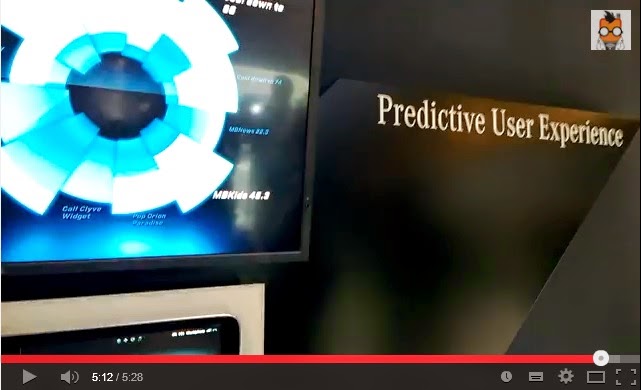In
the increasingly design-savvy state of the world, it’s never been more
important to stand out and develop a unique brand identity through UX design.
While most organizations recognize the ability of UX design to be the key
driver for customer conversion, they often don’t
recognize how to use UX design strategically to deliver new values driven by
core business metrics.
Having
overseen UX Design-led business transformation at several organizations, here’s
my take on the common misconceptions about UX design that can derail you from
maximizing its impact on business outcomes.
Misconception #1: UX Design = Design Thinking
In
the design world, the two major buzzwords – UX design and Design Thinking – are
often considered synonyms. But in reality, Design Thinking is just an
integrative thinking process that involves approaching problems in a right way.
When you get the Design Thinking right, it doesn’t directly translate to
getting the design right. UX Design is a much broader process that begins with
understanding the business model, performing user research, and designing the
service to fit into the users’ lives in a meaningful way.
Design
thinking is all about examining and exploiting opposing ideas and constraints
to understand the needs of the audience and empathizing with it. For
instance, a leading bank took a human-centered approach in designing their
loyalty program. They even went an extra mile to exempt a loyal customer from
being charged for a bounced check. Solving a complex customer loyalty problem
with empathy is design thinking.
Source:
mcorpconsulting.com
While
better use of design thinking methods is useful for any company to solve its
most wicked problems, design thinking will not in and of itself drive better
design.
Misconception #2: Enabling Better UX is the Design Team’s Job
By
imbibing a design-centric culture and by hiring design-centric marketers,
engineers, product managers etc., the design team can rely on a bigger team
that serves as an extended UX arm. This holistic design-centric team is
well-aligned with the UX needs and can easily get started with the build
process on their own, rather than waiting for the core design team to initiate
the mock-up first. And that’s what makes everything about the product so much
better…much more than any individual designer or design team can bring to the
table.
“Everybody
at Apple is thinking about UX and design, not just the designers.” - Ex-UX
Designer at Apple.
Misconception #3: All Fancy New Tech Compliments Design
Anything
that requires users to learn new and complex tasks to perform a desired action
has little or no chance of resonating with them. Period.
Getting too tempted by the new piece of technology in town, there were numerous app makers who attempted to blend fancy tech with design and made it extremely difficult to master actions. The result? A whooping drop in app/product popularity!
Iconic
examples of design failures in an attempt to get too cool with technology are
the Gesture control TV remote controls, the seldom used Samsung Eye-ball
tracking feature and the fascinating Google Glass.
Misconception #4: Optimized Design Leads the
User to the Outcome You Envision
It’s
often considered best to overly question user behavior and direct them to the
outcome you desire. But redirecting the user who is repeatedly going off the
rails with an intention to set them straight will serve no good. If they
deviate a bit, it is absolutely fine to bring them on track but when they do it
repeatedly, it’s probably intentional. And you should stop badgering them.
There
is nothing more annoying than mobile websites with “Download Our App” messages
every other second before you’ve even had a chance to read what the app can do
for you.
The Truth: UX Design Has an Incredible Impact on the Company's Top
and Bottom-Line
It is
an undeniable fact that innovation drives business outcomes. Just take away the
design part of any innovative idea and see what you’re left with!
Any
organization that moves beyond an ad-hoc user-centric mindset to a sustained
and centralized UX practice will find that a successful UX design has an
incredible impact on their top-line and bottom-line.
When
design is effectively integrated with business vision, strategy, engineering,
etc., it serves as an influential force that helps businesses stay closer to
customers, and in return, you can monetize customers for the great experience
delivered.
As a
continuation to this series, I will explore more on how ROI relates to User
Experience Design. Until then would love to hear what other common
misconceptions about UX design you have encountered. Share them in the comments
below.
This is my guest post on http://www.dtelepathy.com/blog/design/misconceptions-about-ux-design.
Check out the presentation here:
http://www.slideshare.net/monikris/4-common-misconceptions-about-ux-design










